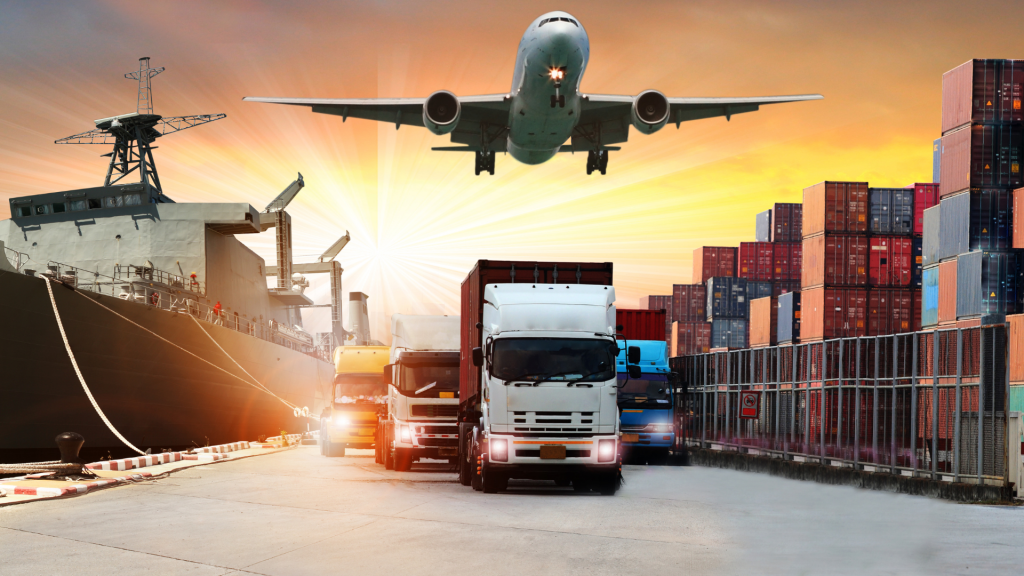Sometimes the little things can make a huge difference in the success of distribution service, especially if you are new to it. Having an idea of the costs that go into each step of the process can help make things easier for anyone involved in this business.
What Is a Distribution Service?
Distribution services are actually quite simple. Most of them only involve driving a vehicle, like a van, truck, or delivery truck. If a company doesn’t own the vehicle, it can lease one. If they own the vehicle, they may outsource the delivery process, through a third-party logistics company. The key is that the vehicle is used to carry goods to the end customer.
What Do We Mean by Distribution Cost?
Distribution costs are one of the primary factors you must consider when determining the cost of a distribution service. Distribution costs, or the expenses of getting your goods from the manufacturer to your customers, can range from a couple of dollars for an envelope to thousands of dollars for a delivery truck. Understanding the various costs will help you make more informed decisions based on the overall expenses.
So, What Costs Go into A Distribution Service?
A distribution service is a company that transports goods from suppliers to end-user customers. This sector is a complex mechanism with a lot of moving parts, such as transportation, warehousing, product storage, and inventory management. And these include a list of expenditures to maintain ongoing processes.
Certain distribution service providers, however, tend to approach their daily processes in a more sustainable manner, which can establish different overheads. They may conduct routine environmental monitoring with the help of professionals at https://envirosuite.com/ or other similar portals. They may also invest in electric vehicles and equipment that produce lower carbon emissions. These examples prove that the expenses incurred in the logistics sector may vary.
Nonetheless, there are a few generalised expenses that distribution service providers meet with on the regular. Let’s take a look at some of them:
- Transportation
Transportation is the most important cost in a distribution service. The cost of getting products from the supplier to the customer or from the warehouse to the customer’s store (for retail) is the most important consideration. To get a fair idea of what it includes, we can look at the process of shipping and handling activities. Take into account all the costs that go into shipping from the time a customer places an order until it arrives at their door. These generally include shipping, working capital for the company (recouping the costs of the shipment), handling and storage, marketing, and delivery and pick-up costs.
- Inventory Management
In most logistics industries, having the right product in the right place and at the right time is key to success. And most of us recognize that our companies need to do inventory and track the products we have in stock. But few of us realize the physical, operational, and logistical costs of doing so. Inventory management is an important part of supply chain management, and is responsible for supervising the supply chain and ensuring that the inventory meets the customers’ needs. Suppliers now try out different types of inventory management according to their goals and resources. When some try understanding consignment inventory and how it could benefit their company, they find that it could be a better fit for them than other forms of inventory management, like wholesale or vendor-managed inventory.
- Compliance
When it comes to any industry, it is important to comply with certain guidelines to maintain the industry standard, and also follow safety and other regulations. In lieu of this, it’s important that there is legal and financial compliance, and also adherence to internal policies. This might include the right to random drug tests to ensure safety when handling or transporting products, and to ensure that all duties and obligations are being fulfilled satisfactorily. It is a good practice to find someone who has completed oral fluid collector training to test saliva samples from employees on a relatively frequent basis, particularly if there is reason to do so. Compliance is essential for various reasons, including maintaining order, protecting public safety, ensuring fair competition, reducing risks, and upholding ethical standards. Non-compliance can result in legal penalties, financial consequences, reputational damage, and other adverse outcomes. Therefore, individuals and organizations often invest in compliance programs, policies, and practices to ensure they meet all relevant requirements and obligations.
- Product Storage
Product storage can also be a cost since you require warehouses to store the various products you deal in. Depending on the type of product, the type of storage would differ too. If you deal in fish, for instance, you would require cold storage properly insulated with fiberglass or frp doors for efficient temperature control. Every distribution company has a storage area where pallets and other products are kept until they are sent to stores or other destinations. This storage area certainly requires money to be kept and managed.
- Warehousing
The concept of warehousing has been around for a long time. However, many misconceptions surround the industry. One common misconception is that the cost of space is based on the size of the warehouse, which is not the case. The cost of space is actually based on the building’s infrastructure as well as the facility’s size. Many people believe that warehouse space is cheap and serviceable for small loads. However, this also is a misconception.

